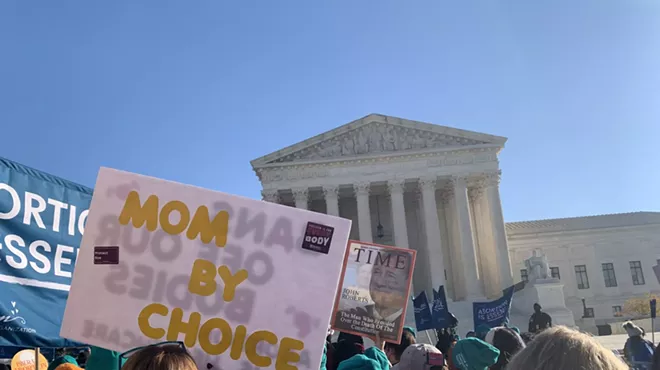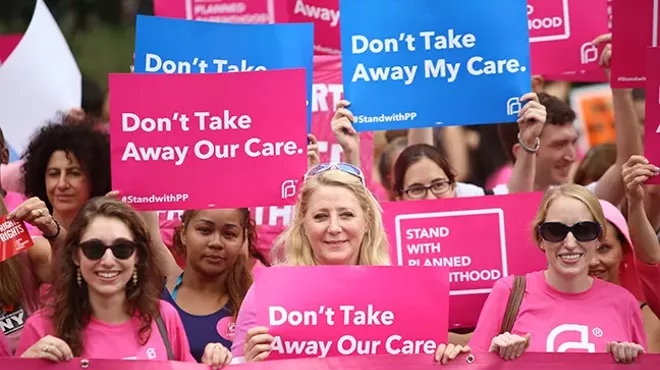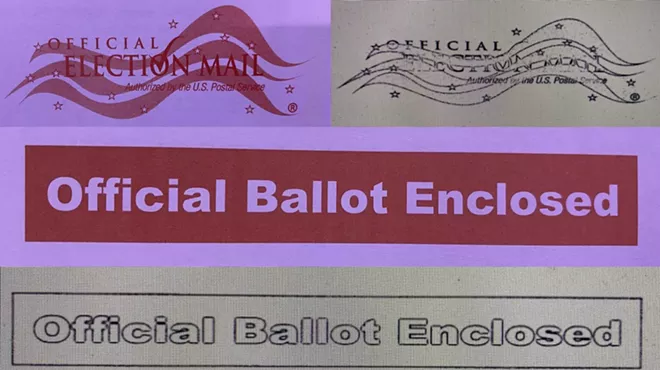Monday, September 27, 2010
CD8: Republican Jesse Kelly Calls For New National Sales Tax
Republican Jesse Kelly, who hopes to unseat Democratic Congresswoman Gabrielle Giffords in November, told the press for the first time last week that he supports a new national sales tax of 8.5 cents per dollar on goods and services.
Throughout the primary, Kelly said the country should sharply lower taxes for its wealthiest residents by establishing a 10 percent flat income tax because “if 10 percent is good enough Jesus Christ, it’s good enough for the federal government.”
At a debate in Green Valley, he said he didn’t care how much money a flat tax of 10 percent would raise. He’d set the federal budget to fit within it, whatever it was.
But last week, after once again telling voters that the country could implement a 10 percent flat income tax for all its citizens, he told The Range that he now supports a different plan that has a 10 percent income tax rate for up to $50,000 for individual filers and 25 percent on any remaining income. He bases his plan on a proposal laid out in the Roadmap for America’s Future that been created by Congressman Paul Ryan.
To make those numbers pencil out—and to get rid of the corporate income tax, as Kelly also wants to do—Ryan's plan calls for creating a new 8.5 percent national sales tax on goods and services. That would come on top of the state and local sales taxes that people now pay.
Asked last week if he’d support the new national sales tax, Kelly said: “Over what we have now? You bet.”
Kelly has been critical of the Giffords' campaign for running a TV ad saying he supports a new national sales of 23 percent. Kelly has said he supports such a proposal, as long as it eliminates all other federal taxes, but prefers the flat income tax. But last week was the first time he said he would support a 8.5 percent sales tax along with the flat income tax.
Giffords favors keeping the existing tax system and closing the deficit by repealing the Bush tax cuts for the top 2 percent of earners. She’d leave the tax cuts in place for the rest of the country.
“I think long term solutions to the debt are not wacky tax schemes that are going to raise taxes on the working class, the middle class and the lower class while eliminating taxes for corporations and the wealthiest Americans,” Giffords says.
More on the Ryan Roadmap here.
New York Times columnist Paul Krugman on the Roadmap here. Money quote:
The nonpartisan Tax Policy Center has, however, stepped into the breach. Its numbers indicate that the Ryan plan would reduce revenue by almost $4 trillion over the next decade. If you add these revenue losses to the numbers The Post cites, you get a much larger deficit in 2020, roughly $1.3 trillion.
And that’s about the same as the budget office’s estimate of
the 2020 deficit under the Obama administration’s plans. That is, Mr. Ryan may speak about the deficit in apocalyptic terms, but even if you believe that his proposed spending cuts are feasible — which you shouldn’t — the Roadmap wouldn’t reduce the deficit. All it would do is cut benefits for the middle class while slashing taxes on the rich.
And I do mean slash. The Tax Policy Center finds that the Ryan plan would cut taxes on the richest 1 percent of the population in half, giving them 117 percent of the plan’s total tax cuts. That’s not a misprint. Even as it slashed taxes at the top, the plan would raise taxes for 95 percent of the population.
Finally, let’s talk about those spending cuts. In its first decade, most of the alleged savings in the Ryan plan come from assuming zero dollar growth in domestic discretionary spending, which includes everything from energy policy to education to the court system. This would amount to a 25 percent cut once you adjust for inflation and population growth. How would such a severe cut be achieved? What specific programs would be slashed? Mr. Ryan doesn’t say.
After 2020, the main alleged saving would come from sharp cuts in Medicare, achieved by dismantling Medicare as we know it, and instead giving seniors vouchers and telling them to buy their own insurance. Does this sound familiar? It should. It’s the same plan Newt Gingrich tried to sell in 1995.











